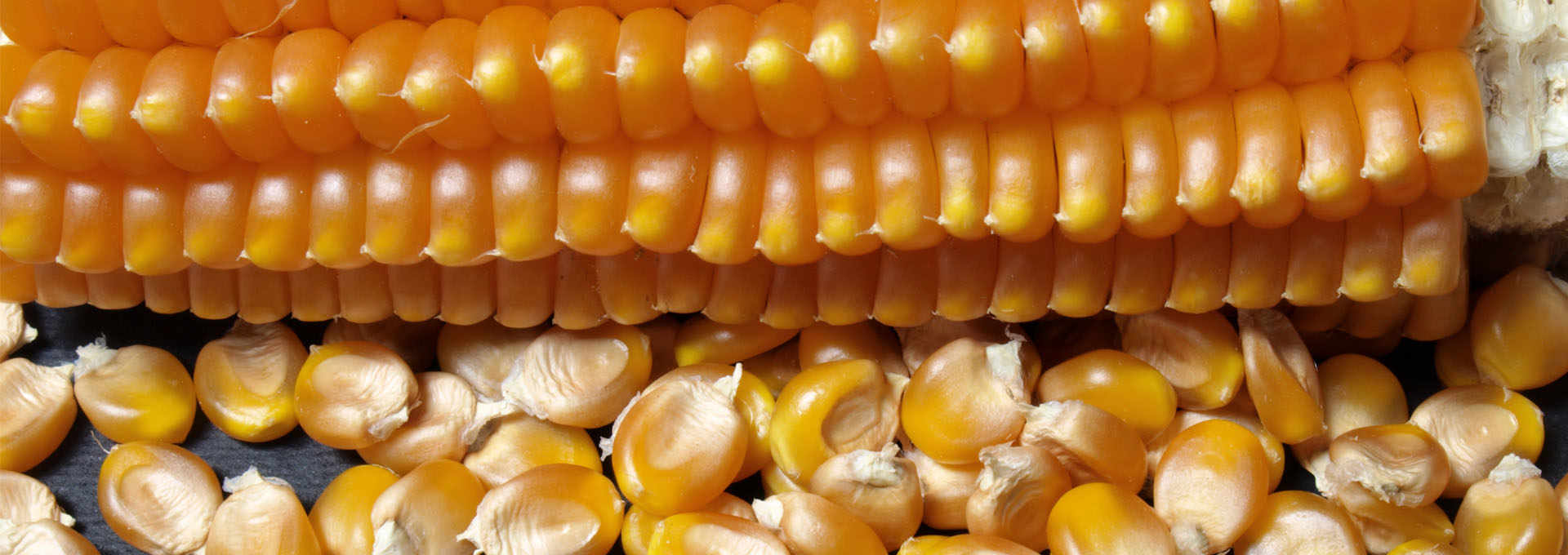 Get more of ArteCibo delivered to your inbox
Get more of ArteCibo delivered to your inboxSign up for free newsletter

Also known as corn, maize is a cereal grain belonging to the Poaceae family. First domesticated in Central America, it then spread northwards and southwards and, through the European expeditions and subsequent colonisation, it was brought to Portugal and Spain. From there, it reached the most diverse types of environment, climate and soil throughout the continent. In Italy, maize developed a local variety, by means of a genetic selection aimed at improving the nutritional composition of maize. Scagliolo was one of the hybrids that came from the selection.
The conservation project of the Scagliolo Maize of Carenno
The Scagliolo Maize of Carenno, a small village in the province of Lecco - east of the south-eastern branch of Lake Como - is an example of a local variety superseded by strong and productive hybrids, thanks to the joint efforts of Bergamo’s Cereal Production Research Centre and the Eastern Lake Como-San Martino Valley Mountain Board, the latter of which began protecting the Scagliolo maize and other cultivars by means of in-situ conservation. Local farmers, consumers and governments have since been involved in the project.
The project
The project was triggered by the donation of 240 Scagliolo maize grains to the seed bank of Bergamo’s Cereal Production Research Centre. These seeds were sown at a minimum distance of 200m from one another, in order to avoid any cross-hybridisation. The most suitable corncobs were used for varietal maintenance. The Eastern Lake Como-San Martino Valley Mountain Board helped raise funds and the San Martino Valley Farmers’ Association provided part of the equipment. The activities for the next few years will be devoted to the enhancement and protection of the maize of Carenno, with the hope of creating the “Mais Scagliolo di Carenno” brand mark.
